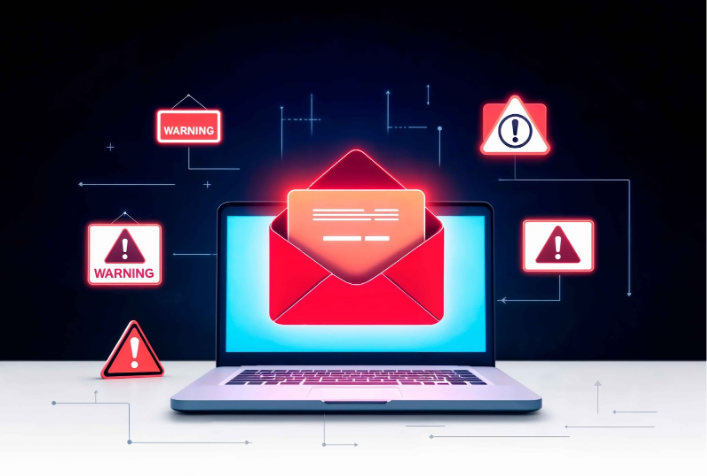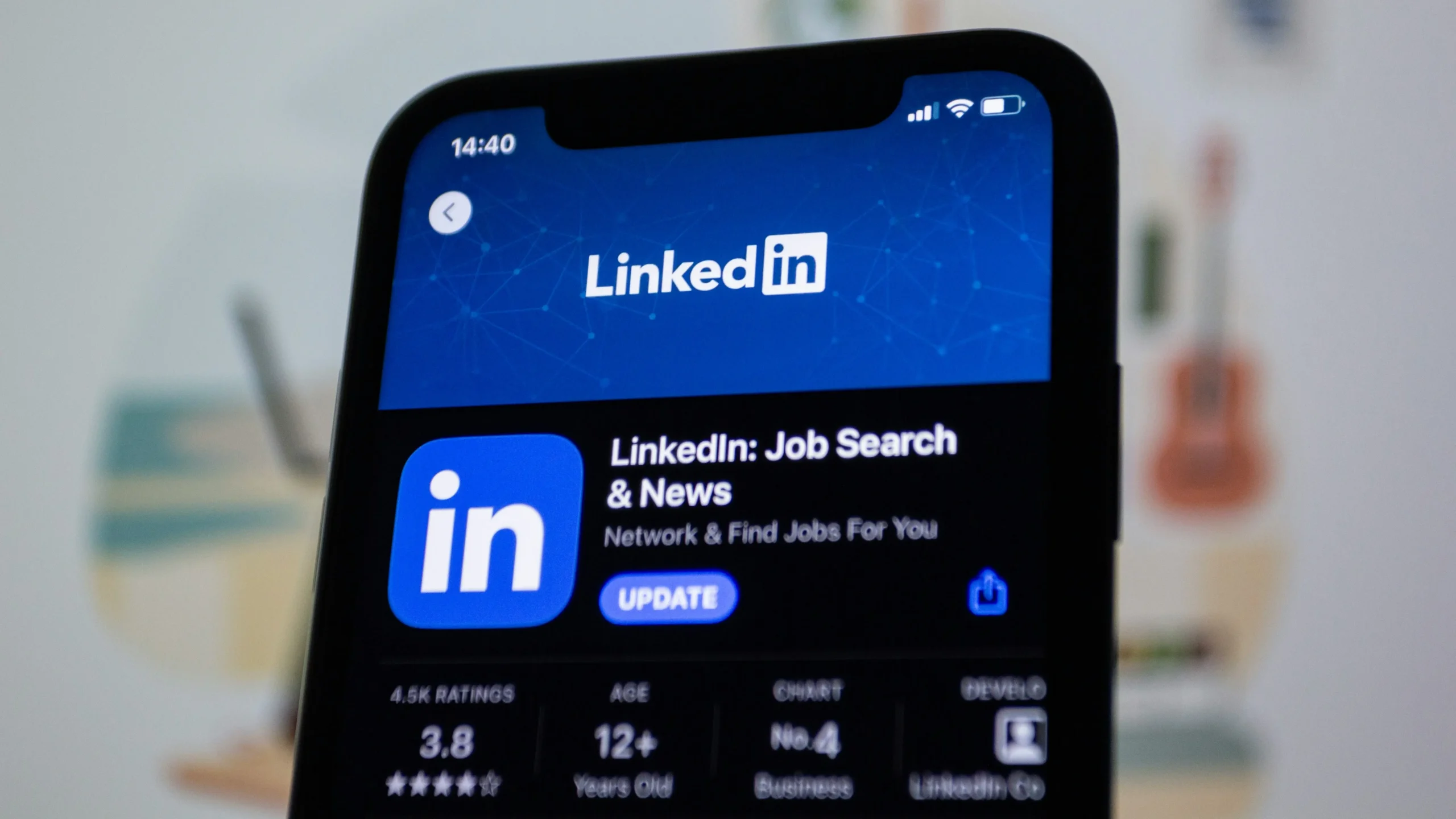Scammers constantly refine their techniques to make a phishing email from a bank appear authentic. As a result, more and more people—including people working for finance companies—fall victim to these scams by unknowingly authorizing transactions through fake links, leading to financial losses.
In this post, we’ll share how these scams work, the techniques scammers use to make their emails look legitimate, and essential tips to help you protect yourself and your business from such threats.
Need support after a scam? Join our community today.
Real Cases: The Danger of Phishing Emails
Here are three real-life examples of phishing incidents that explain the risks of fraudulent emails and the financial consequences they can cause:
Case 1: A Personal Experience with a Phishing Scam
A close colleague received a phishing email that appeared to be from their bank. The message requested authorization for an ACH payment via a link in the email. Trusting the request, they followed the instructions and authorized the payment, only to discover later that $8,000 had been withdrawn from his account.
- Why It Worked: The email imitated the official communication style of the bank, including its logo and tone, and used an account number identical to the victim’s except for the last digit. The message also created a sense of urgency, pressuring the recipient to act quickly.
- Lesson Learned: Always verify suspicious emails by contacting the bank directly through official channels before taking any action.
Case 2: Crelan Bank Loses Millions in a BEC Scam
In 2016, a targeted business email compromise (BEC) scam caused Belgium’s Crelan Bank to lose $75.8 million. The attacker gained access to the email account of a high-ranking executive and used it to send fraudulent payment instructions to employees within the company.
- How It Was Discovered: The scam came to light during an internal audit. Fortunately, the bank had sufficient internal reserves to cover the loss without external financial impact.
- Lesson Learned: Implementing multifactor authentication (MFA) and employee training on email security can reduce the risk of similar BEC scams.
Case 3: Facebook and Google Tricked by Fake Vendor Emails
Between 2013 and 2015, tech giants Facebook and Google collectively lost $100 million to an extended phishing campaign. The scammer impersonated Quanta, a legitimate vendor based in Taiwan, and sent fake invoices to both companies. Believing the emails were authentic, the companies paid the fraudulent invoices.
- Outcome: The fraud was eventually uncovered, and the perpetrator was arrested and extradited from Lithuania. Legal action allowed Facebook and Google to recover $49.7 million of the stolen funds.
- Lesson Learned: Verifying payment requests, especially those involving large sums, through secondary confirmation channels is critical in preventing such scams.
How Do Bank Phishing Emails Work?
Phishing emails are one of the most common methods scammers use to steal sensitive information or trick individuals into authorizing fraudulent transactions. According to Keepnet Labs, 57% of organizations report facing phishing scams weekly or even daily, showing how common and persistent these attacks have become.
Here’s how phishing emails typically work:
1. Imitate Banks or Financial institutions
Scammers replicate the look and feel of official communications from banks. They use authentic-looking logos, layouts, and familiar language to establish trust, making it difficult for recipients to identify the email as fake.
2. Contain Links to Fake Websites
Phishing emails often contain links that direct you to fake websites designed to look like your bank’s login page. According to Cloudflare, deceptive links account for 36% of phishing threats analyzed from 13 billion emails. These fake sites trick victims into entering sensitive details such as passwords, account numbers, and other personal information.
3. Create a Sense of Urgency
Phishing emails typically use urgent language to pressure recipients into acting quickly. Common tactics include claiming that your account is at risk due to suspicious activity or asking for immediate updates to personal information. This urgency was designed to prevent recipients from carefully evaluating the email’s legitimacy.
Common Phishing Scenarios
Scammers continually update their tactics, crafting convincing scenarios to manipulate victims into clicking on links or opening malicious attachments. Examples include:
- False claims of suspicious activity: Emails notifying recipients of alleged unauthorized transactions on their accounts.
- Fake payment issues: Notifications about problems with recent payments requiring immediate resolution.
- Requests for personal or financial data: Emails asking recipients to confirm sensitive information, such as passwords or account details.
- Unrecognized invoices: Messages including fake invoices designed to confuse recipients into clicking on links.
- Offers for refunds or discounts: Promises of refunds or coupons intended to lure recipients into engaging with the scam.
Have questions about dealing with scams? Contact us for support.
How to Identify a Bank Phishing Email?
Recognizing phishing emails is key to protecting your sensitive information and avoiding financial losses. These emails often include subtle but telling signs that can help you detect them early. Here’s how to identify a phishing email:
1. Subtle errors in the email
Phishing emails often contain small, hard-to-spot mistakes, such as:
- A misspelled account number.
- A logo that looks slightly altered.
These discrepancies are intentional, as scammers rely on them to disguise their emails as legitimate. Pay close attention to details to spot these errors.
2. Unusual Urgency
Many phishing emails create a false sense of urgency to pressure recipients into acting quickly. Red flags include phrases like:
- “Click here to avoid account suspension.”
- “Urgent: Your payment needs to be authorized now.”
Legitimate banks will never send emails demanding immediate action with alarming language or threats.
3. Payment Requests via Links
Be cautious if you receive an email asking you to authorize payments through links. Banks never request direct payment authorizations via email. Scammers use these links to redirect you to fraudulent websites, often filled with malicious content designed to steal your information.
4. Suspicious Email Addresses
Phishing emails often come from addresses that resemble official ones but include small differences, such as:
- An extra character in the domain name.
- A slightly altered spelling of the bank’s name.
Always verify the sender’s email address by contacting your bank through its official channels.
Tips to Protect Yourself from Banking Phishing Scams
Phishing has become one of the most prevalent cyber threats today. According to AAG, phishing is the most common type of cybercrime, with an estimated 3.4 billion spam emails sent daily. Despite daily prevention efforts, scammers continue to refine their tactics, making it crucial to be prepared to identify and avoid fake emails:
1. Do Not Click on Links in Suspicious Emails
Never click on links in emails that seem fraudulent. These links may contain malware or redirect you to fake websites designed to steal your information. If you’re uncertain about an email’s legitimacy, manually type your bank’s official website into your browser to verify the request.
2. Verify Directly with Your Bank
If you receive a suspicious email, always contact your bank through official channels, such as their website or customer service number. Avoid replying to the email or interacting with any links or attachments. Confirming the request’s authenticity can save you from falling into a phishing trap.
3. Check the Sender’s Email Address
Pay close attention to the sender’s email address. Scammers often use addresses that closely resemble official ones but include small changes, like an extra character or a slightly altered domain. If something seems off, don’t engage with the email—contact your bank directly.
4. Activate Security Alerts
Most banks offer the option to set up security alerts for your account. These alerts notify you of suspicious activities, such as unauthorized transactions, and can help you act quickly to minimize financial loss.
5. Use Your Bank’s App for Transactions
Always use your bank’s official app or website for making payments or authorizing transactions. Avoid using email links, as they can lead to fraudulent websites designed to steal your data. The official app provides a secure environment for managing your finances.
Spot and Avoid Banking Phishing Scams with CDN
Banking phishing scams can target anyone, regardless of their experience with finances. The best defense is prevention—no legitimate bank will ever ask you to authorize payments through a link in an email. Staying alert and informed is essential to protecting your financial assets.
At Cryptoscam Defense Network (CDN), we are committed to supporting fraud victims and raising awareness about scams. Our educational resources are designed to help individuals and organizations identify and avoid phishing emails and other types of cybercrime.
We Want to Hear From You!
Fraud recovery is hard, but you don’t have to do it alone. Our community is here to help you share, learn, and protect yourself from future frauds.
Why Join Us?
- Community support: Share your experiences with people who understand.
- Useful resources: Learn from our tools and guides to prevent fraud.
- Safe space: A welcoming place to share your story and receive support.
Find the help you need. Join our Facebook group or contact us directly.
Be a part of the change. Your story matters.
Frequently Asked Questions (FAQs) About Phishing Emails from Banks
What Should I Do If I Receive a Suspicious Email?
If you receive an email that seems suspicious:
- Avoid clicking on any links or opening attachments.
- Contact your bank directly through their official website or customer service number to verify if the email is legitimate.
- Do not reply to the email or provide any personal information.
What Should I Do If I’ve Been a Victim of a Phishing Scam?
If you realize you’ve fallen victim to a phishing scam:
- Contact your bank immediately to report the incident and secure your accounts.
- Set up fraud alerts with your bank and credit reporting agencies.
- Monitor your credit files for any unauthorized activity.
- File a report with local authorities or cybercrime organizations to document the fraud.
Can I Trust All Email Communications From My Bank?
No, you should always approach emails from your bank with caution. Legitimate banks will never ask you to authorize payments or share sensitive information through email links.
- If you receive an unexpected email requesting personal or financial information, verify its authenticity by contacting your bank directly through official channels.
Photo via Freepik.







